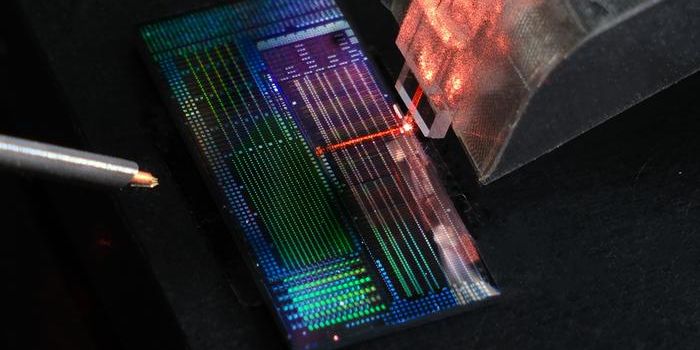Scientists Created the World's Smallest Engine with the Size of An Ion
According to a recent publication, a group of European physicists has developed the world's smallest engine, with the size of a calcium ion. Its inventors, researchers at Johannes Gutenberg University and Trinity College Dublin, believe their tiny but mighty powerhouse can one day improve computing devices by raising their energy efficiency.
The modern concept of engines, such as the ones powered by steam, was first developed just before the industrial revolution. Just like a steam engine, the ionic engine developed by the German and Irish team is also powered by heat (even though their working mechanisms are worlds apart).
A steam engine turns thermal energy of hot water vapor (generated by coal-burning) into the kinetic energy (movement) of the crankshaft; the atom-sized power unit absorbs heat from pulsed laser beams and puts out atomic oscillation, or vibrations.
The "part" inside the tiny engine responsible for capturing heat is the ion's intrinsic spin. In quantum physics, angular momentum (often referred to as "spin"), is an innate property of a particle. It is fundamentally different from the orbital angular momentum described in classical mechanics. Many subatomic particles have a characteristic spin, for example, electrons and protons (which are fermions) have " 1/2" spin, while photons (which is a bosom) have "1" spin, also known as an integer spin.
The spin of the calcium ion converts heat into oscillation, which thereby acts as a flywheel. In a typical steam engine, the pushing force extracted from steam is passed onto a flywheel, in order to perform mechanical works. The "atomic flywheel" works quite differently: without laser, the engine maintains the "ground state", its lowest energy state. When the scientists bombarded the calcium ion with high energy photons, the ionic engine started to "crank up" its "flywheel" and oscillate with increasing intensity.
The physicists behind this invention hope that their atom-scale engine can be applied to recycle and repurpose waste heat released from computing devices. "Heat management at the nanoscale is one of the fundamental bottlenecks for faster and more efficient computing,” said Dr. John Goold, a theoretic physicist at Trinity College Dublin a co-author of the report, during in a press release. “Understanding how thermodynamics can be applied in such microscopic settings is of paramount importance for future technologies,” he added.
The study was published in the journal Physical Review Letters this August.
Want to know more about the subatomic world and the intrinsic spin of particles? Take a look at the following video from Veritasium.
What is Quantum Mechanical Spin? (2veritasium)
Source: Phys.org









